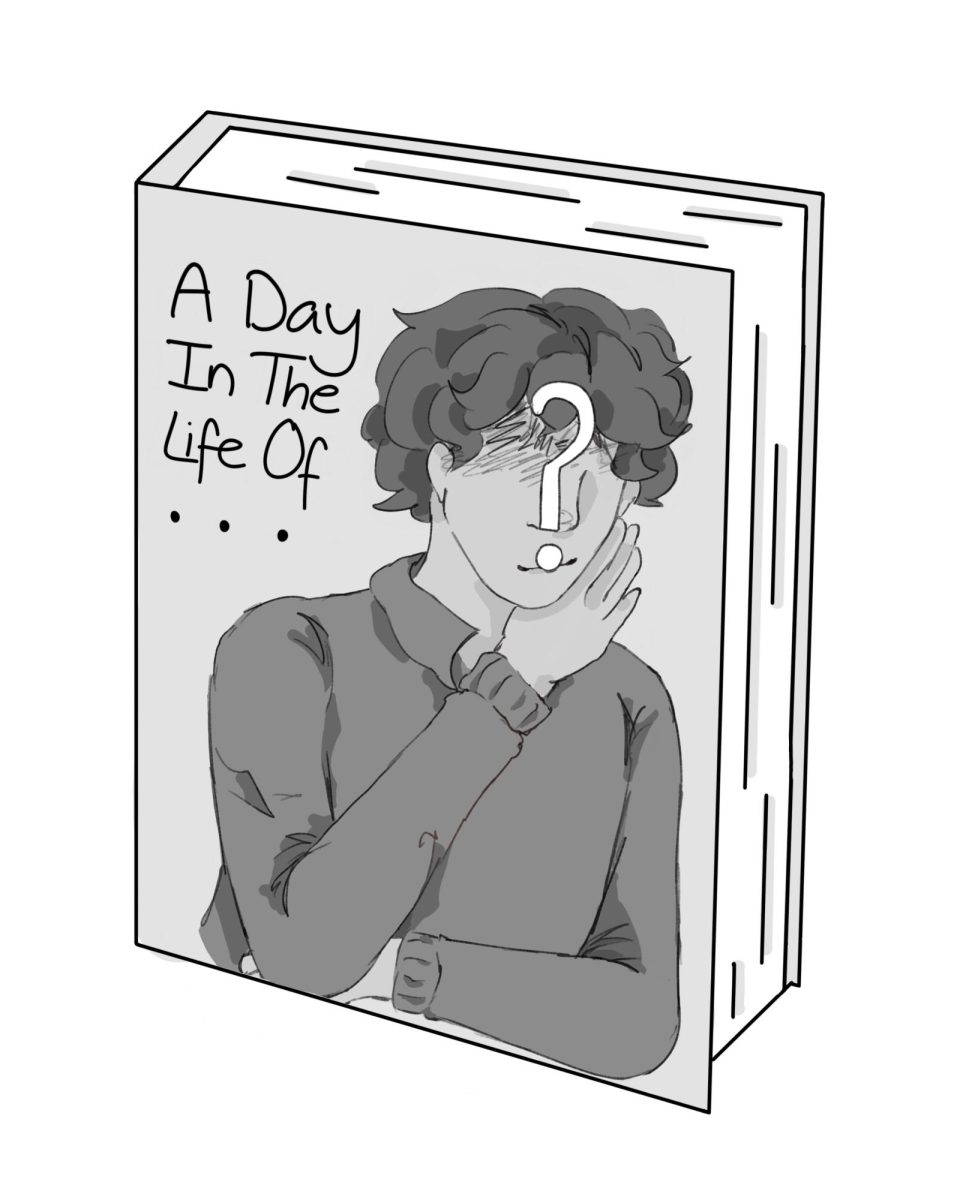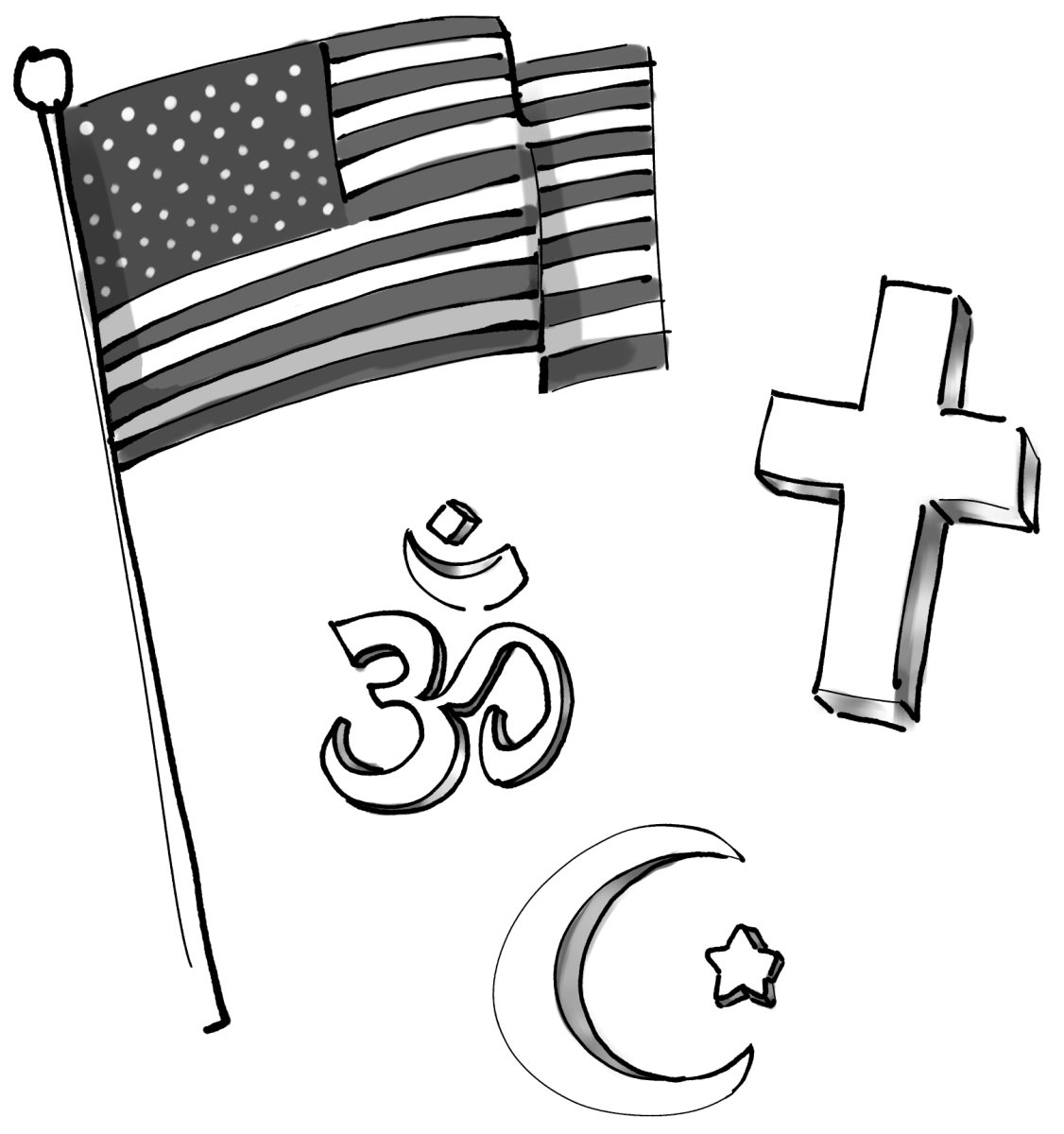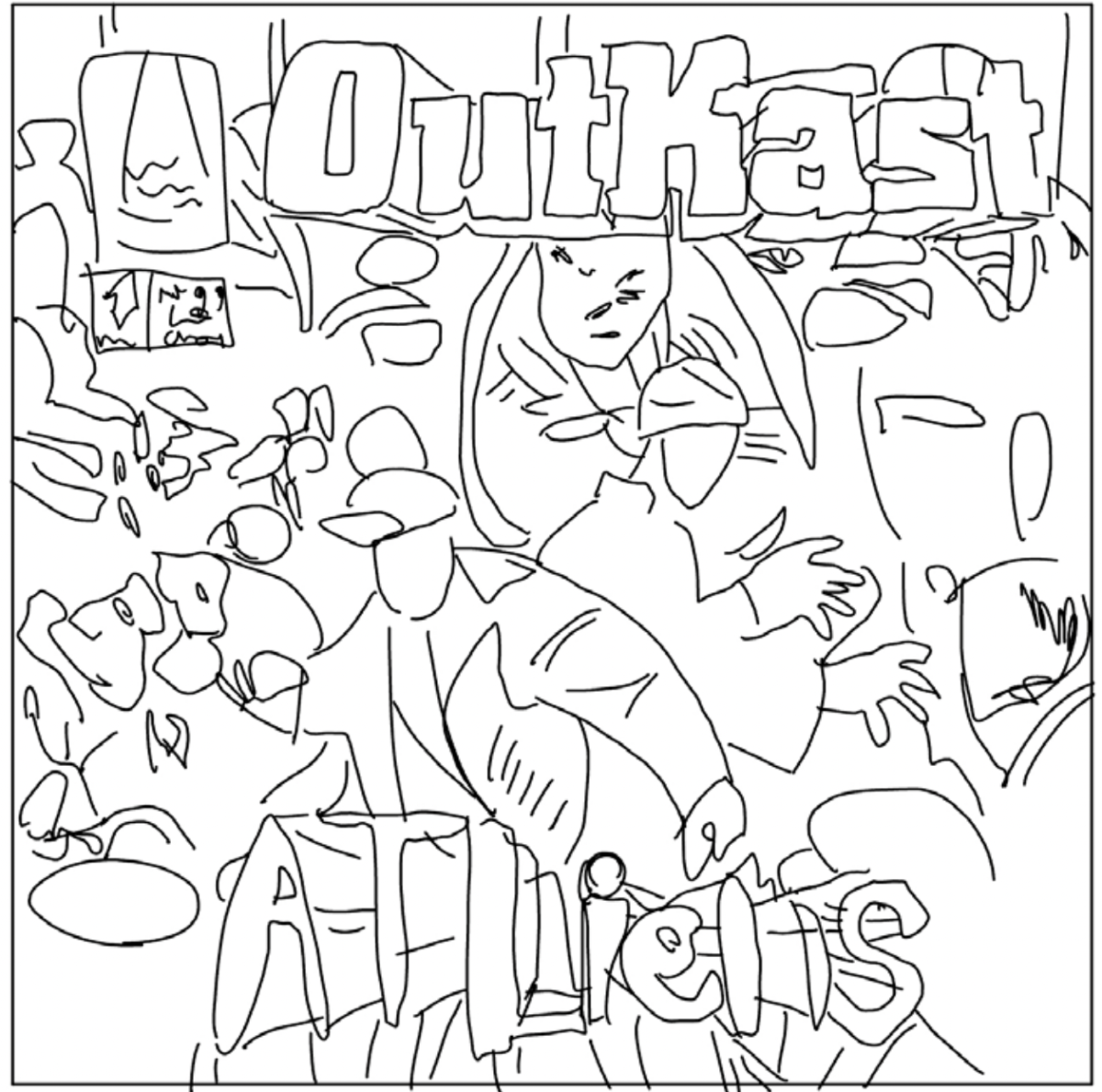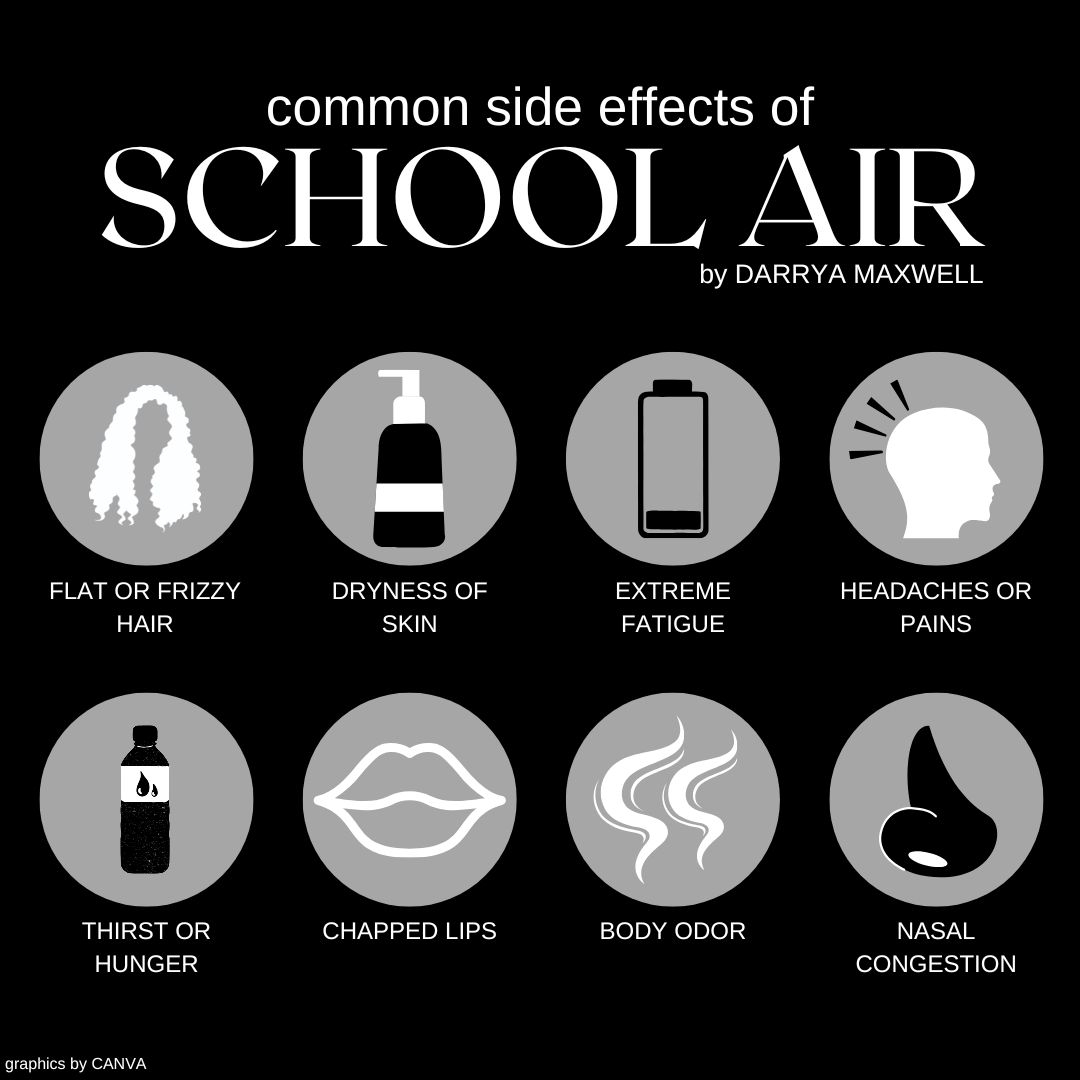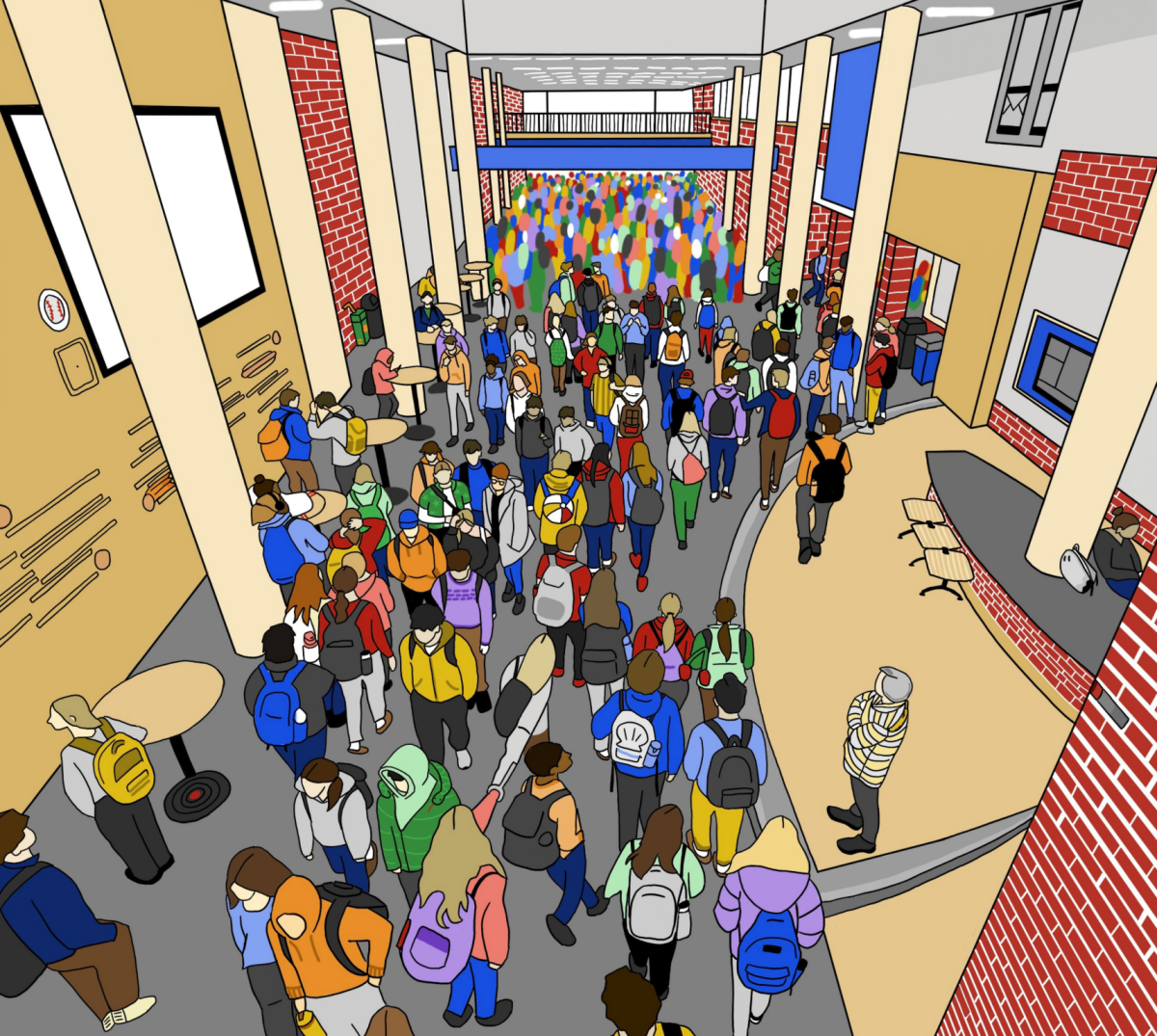Holiday Shopping: That’s a Wrap

So remember last week when I told all of you that I wouldn’t be participating in the craziness that is Black Friday? Well, I lied.
For some reason, the opportunity to see the day in all its capitalist and consumer glory was something that I felt I had to experience at least once in my life. So I rose at 5 am to haul myself off to the Mall of America, the Mecca of mass shopping. I was expecting what I’d seen in the news for my entire life- lines out the door, crowded hallways, and fights over clothing. Instead of a buzzing crowd, I found a ghost down. And as it turns out, almost everyone was wondering the same thing: Why the lack of people?
Black Friday sales tumbled 11% from last year. This perplexed almost everyone, especially given the fact that gas prices had supposedly left extra change in all our pockets. Experts and companies alike had been predicting at least somewhat of an increase. So what happened? Why wasn’t I being shoved to the side by over eager teenagers and moms? The answer, I and others found, was a mix between the rise of Cyber Monday and the fact that Americans really don’t have that much to spend on retail shopping these days.
First lets look at Cyber Monday. For those that don’t know, Cyber Monday is essentially the internet’s version of Black Friday, but it occurs the Monday following Thanksgiving. Retailers like Wal-Mart and companies like Amazon slash their prices, providing massive discounts to customers who are willing to wait a few days for their products to arrive. So while Black Friday sales fell 11%, Cyber Monday sales increased by 8%. This is unsurprising to many, given the amount of people who prefer to sleep in as well as the number of tech savvy teenagers like ourselves who found a use for our school-issued iPads. However, while Cyber Monday sales may have risen since last year, this growth still fell short of many predictions. So what happened? Is it related to the fall in Black Friday sales?
Well, kind of. While consumers may have more disposable income than they did before, they simply aren’t spending it on retail merchandise. Black Friday trends indicate that instead of heading to the malls with teenagers like myself, most Americans spent their hard earned cash on essential items. Industries like healthcare, home improvement, and car sales all saw increased sales from last year. Simply put, Americans are extremely cautious in how and where they spend their money. Of the retail stores that did do well, the majority were discounted stores like Kohl’s and Family Dollar.
So what does this mean for all of you? It means that in the coming years most stores will follow in the footsteps of companies like Wal-Mart, placing a heavier focus on Cyber Monday as opposed to Black Friday. This will make for better deals and a wider range of options come next holiday season. As for those of you that joined me last Friday, if current trends continue you could see less and less competition for those early morning deals next year. Of course, anything could happen – and as always – it depends.


